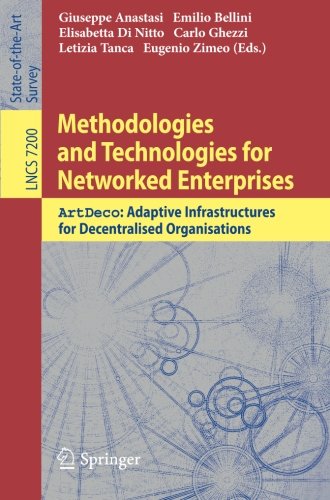

Most ebook files are in PDF format, so you can easily read them using various software such as Foxit Reader or directly on the Google Chrome browser.
Some ebook files are released by publishers in other formats such as .awz, .mobi, .epub, .fb2, etc. You may need to install specific software to read these formats on mobile/PC, such as Calibre.
Please read the tutorial at this link: https://ebookbell.com/faq
We offer FREE conversion to the popular formats you request; however, this may take some time. Therefore, right after payment, please email us, and we will try to provide the service as quickly as possible.
For some exceptional file formats or broken links (if any), please refrain from opening any disputes. Instead, email us first, and we will try to assist within a maximum of 6 hours.
EbookBell Team

5.0
108 reviewsThe need for flexibility and globalization forces enterprises to decentralize their activities and continuously (re)structure their networks of relationships regarding both their productive "supply chains" and their design and innovation processes. The goal of the ArtDeco project, funded by the Italian Ministry of Education and Scientific Research under the FIRB program (funding for basic research), has been to address these issues by proposing solutions from three main perspectives: the organizational perspective aimed at studying how companies work in a network and how their design processes can benefit from collaboration with other companies; the informational perspective focusing on how to acquire relevant knowledge from unstructured information and processes and on how to organize and manage such knowledge; and the infrastructural perspective focusing on understanding how self-adaptive workflows and software systems can help in supporting the dynamic interconnection of enterprises.
The book contains a collection of papers offering an overview of the main results produced by the ArtDeco project. It has been structured into the following four main parts: organizational issues: methodologies, empirical contexts and policies; software methodologies and technologies; knowledge elicitation and management; and management of peripheral devices. It also includes a case study used throughout the book as a reference example.